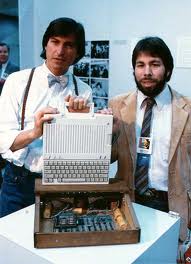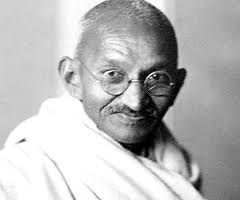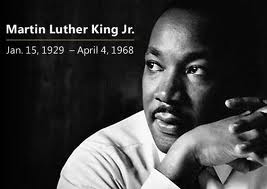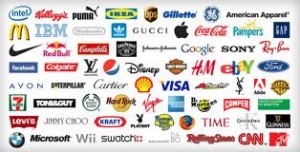Today’s lecture was indeed interesting. Most people would confuse themselves between what is entrepreneurship and social entrepreneurship. In fact, they are very distinct from each other. The way I look at it is by separating them into four different categories:
- Social entrepreneurship
- Characteristics: opportunity sensing, out-of-the-box thinking, and determination
- identifying an unfortunate but stable equilibrium that causes the exclusion, marginalization, or suffering of a segment of humanity that lacks the financial means or political clout.
- identifying an opportunity in this unjust equilibrium, developing a social value proposition, and bringing to bear inspiration, creativity, direct action, courage, and fortitude.
- Create a new, stable equilibrium that releases trapped potential or alleviates the suffering of the targeted group, and through imitation and the creation of a stable ecosystem around the new equilibrium ensuring a better future.
- Example: Muhammad Yunus – Microfinancing ( Grameen Bank), Robert Redford – Sundance Film Festival
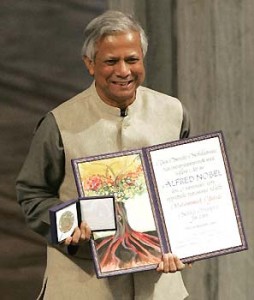

- Entrepreneurship (social enterprises)
- More business-like approach commercialised and has financial support, mostly ventures into new businesses or organizations.
- Though the products create a better service for the community and gives social benefits, it is still profit-oriented.
- Examples: Steve Jobs and Steve Wozniack – centralised computing system; Fred Smith – FedEx; Omidyar and Skoll – eBay; Ann and Mike Moore – Snugli
- Social activism
- Motivator: unfortunate and stable equilibrium.
- Characteristics: inspiration, creativity, courage, fortitude BUT not direct action, it is indirect action.
- Social activists create change by influencing others like governments, NGOs, consumers, workers. May or may not create new ventures or organizations but outcome is the same as social entrepreneurs, that is improve existing system and create a new equilibrium.
- Example: Mahatma Gandhi, Martin Luther King
- Social service provision
- Smaller scales – do not break out of their frame and give that big impact to the overall society. More towards local community.
- Sometimes same mission-driven that is to create common goodness to the community, but outcomes vary as social service provisions cannot create a new equilibrium to the problem altogether.

